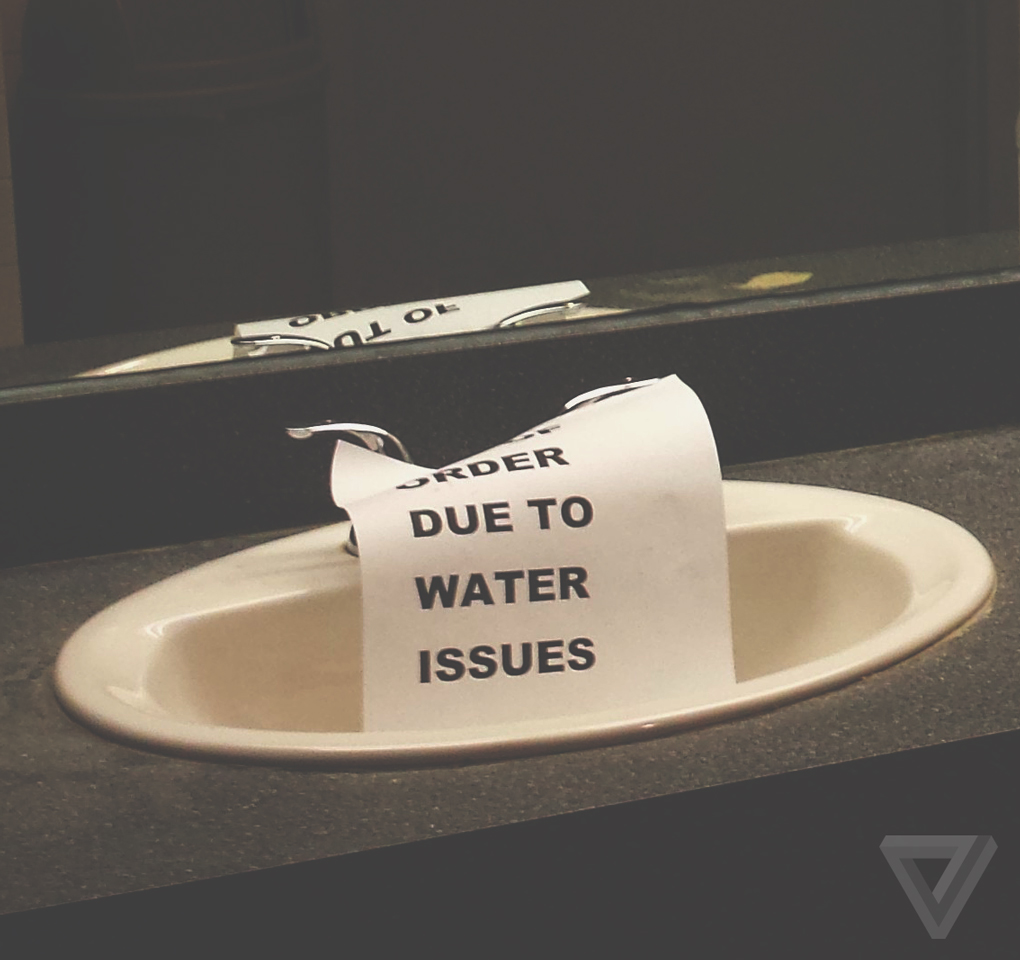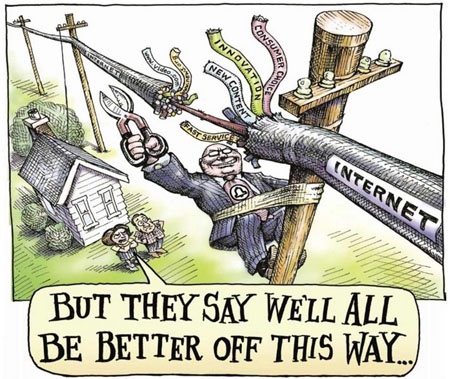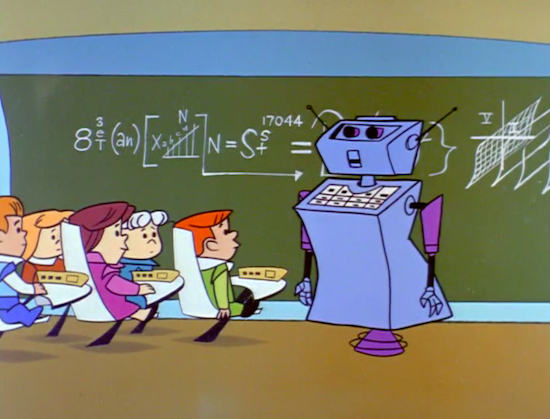My parents live in the mountains of West Virginia; it is where I grew up. Recently, there was a chemical leak into the public water system that shut down nine counties in southern West Virginia. The event has been shrouded in controversy about how and why Freedom Industries allowed 7,500 gallons of 4-methlcyclohezane methanol (MCHM) to leak into the Elk River that supplies water to over 300,000 people.

Poisoned Water in West Virginia
Matt Stroud (@ssttrroouudd), who lives in the area, wrote an interesting article that gives both the factual account of what happened along with his personal account of how this impacted his family. Although there is enough blame to go around, this accident highlights is just how fragile some of the very basic infrastructure systems actually are.
This got me wondering whether there are any areas of higher education that could be this vulnerable. Any institution that has a significant online presence knows two minutes of unplanned downtime creates a panic and results in hundreds of frantic calls to the help desk. I have seen institutions switching learning management systems have to shut down for two weeks, locking students out from their work. Consider the potential for state authorization to wreak havoc. I am not sure many people truly know or understand the various implications of compliance for institutions of higher education.
Perhaps the biggest threat to hundreds, if not thousands of institutions, however, is Title IV funding. While there is a constant threat of reducing funding, Pell and other programs have weathered the storm. Currently, the government controls how, when, and to whom the funds are dispersed. Can you imagine the fall out if the federal government decided to give the funds directly to the student instead of giving the funds to the institution for disbursement? Or even worse, what if the feds instituted subjective criteria like quality as a means for allocating student aid?

White House College Score Card
If you think this could never happen, then you should check out the White House website on higher education, complete with an institutional scoreboard and a promise to shift federal funds to institutions that are the most cost effective at delivering degrees.
To keep tuition from spiraling too high and drive greater value, the President has proposed reforms to federal campus-based aid programs to shift aid away from colleges that fail to keep net tuition down, and toward those colleges and universities that do their fair share to keep tuition affordable, provide good value, and serve needy students well. These changes in federal aid to campuses will leverage $10 billion annually to help keep tuition down. http://www.whitehouse.gov/issues/education/higher-education
While the intent behind this change is good, inevitably there are some unintended yet significant implications for-profit institutions and private not-for-profit liberal arts institutions that rely so heavily on federal student loans because their tuition costs are well beyond community colleges and most state institutions.
West Virginians could not dream of the impact a leak from one plant would have on the most basic elements of their daily life – water. While I have speculated what might be higher education’s 4-methlcyclohezane methanol in the water, no one really knows what will happen. But I have a feeling it could be big.



 In the late 60’s, Phil Knight was teaching accounting at Portland State and he approached a college student named Carolyn Davidson to do some graphic design work for him because he heard she needed money to take an oil painting class. They agreed on $2 per hour and their relationship began. After working for several years as a freelance graphics designer for Phil, he asked her in early 1971 to create a new logo for a shoe company he was starting.
In the late 60’s, Phil Knight was teaching accounting at Portland State and he approached a college student named Carolyn Davidson to do some graphic design work for him because he heard she needed money to take an oil painting class. They agreed on $2 per hour and their relationship began. After working for several years as a freelance graphics designer for Phil, he asked her in early 1971 to create a new logo for a shoe company he was starting. This might not be going where you think, but hang with me. I am not talking about the positive side of tenacity but rather the negative. I can name several colleges that should just quit. Not quit programs or athletics, but just quit altogether. Go away.
This might not be going where you think, but hang with me. I am not talking about the positive side of tenacity but rather the negative. I can name several colleges that should just quit. Not quit programs or athletics, but just quit altogether. Go away. This month, more than 100 stakeholders gathered in Arlington, VA to discuss how to help servicemembers engage and navigate the college application and acceptance process. Giving veterans a jump-start on their college careers and a well-defined path will increase their recruitment, retention and graduation rates.
This month, more than 100 stakeholders gathered in Arlington, VA to discuss how to help servicemembers engage and navigate the college application and acceptance process. Giving veterans a jump-start on their college careers and a well-defined path will increase their recruitment, retention and graduation rates.
 More to come on this topic but please, White House, consider hosting a summit for community college presidents, faculty and students if you really want help with reaching more low-income students. Maybe the biggest laugh yet. I kill me.
More to come on this topic but please, White House, consider hosting a summit for community college presidents, faculty and students if you really want help with reaching more low-income students. Maybe the biggest laugh yet. I kill me.

 Yesterday, the Supreme Court struck down key components of the FCC’s Open Internet Rules, effectively ending
Yesterday, the Supreme Court struck down key components of the FCC’s Open Internet Rules, effectively ending  While Netflix can afford to pay a higher premium to be able to stream endless hours of content at the highest speeds to their subscribers, how can a consortium of community colleges in Kansas afford to deliver hours of online education to thousands of students via the Internet? They simply cannot afford to pay the same rates as the media monoliths, rendering students helpless and frustrated as they move through their online coursework at the speed of Methuselah, relegated to the bottom of the bandwidth.
While Netflix can afford to pay a higher premium to be able to stream endless hours of content at the highest speeds to their subscribers, how can a consortium of community colleges in Kansas afford to deliver hours of online education to thousands of students via the Internet? They simply cannot afford to pay the same rates as the media monoliths, rendering students helpless and frustrated as they move through their online coursework at the speed of Methuselah, relegated to the bottom of the bandwidth.


